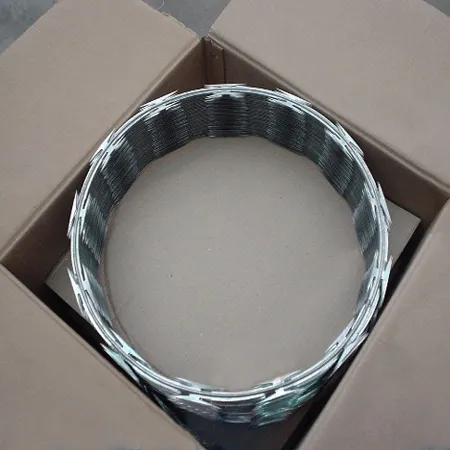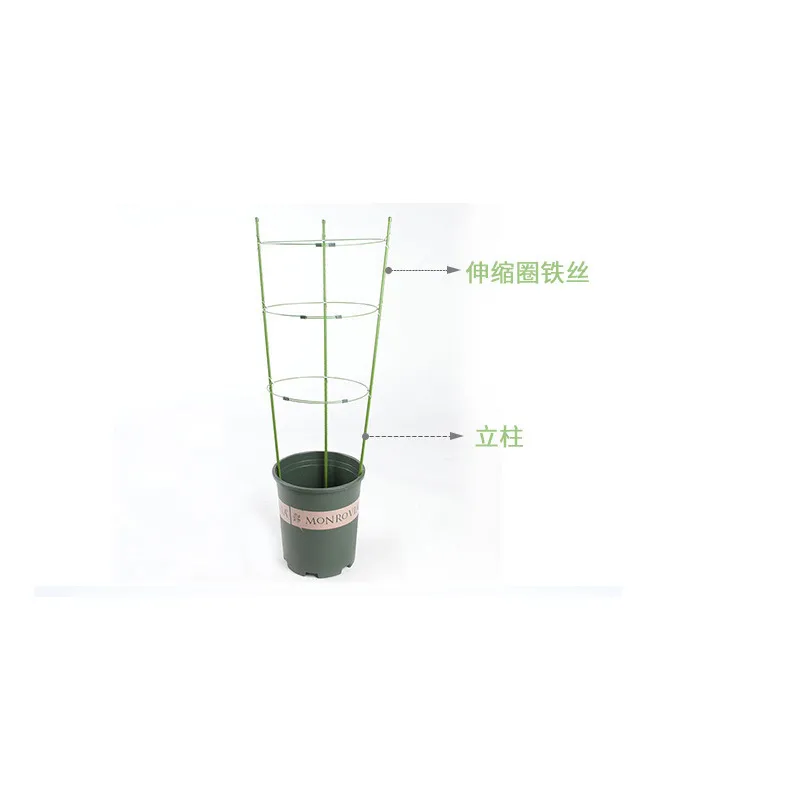

When addressing popped screws, it's important to avoid superficial fixes such as merely hammering them back in. This approach doesn't address the root cause; instead, the underlying issues will likely cause the problem to resurface. The correct method involves removing the protruding screw, securing the drywall with a new screw approximately an inch away from the original location, and ensuring it is at the proper depth. After securing the drywall, professionals recommend using a joint compound to cover the repaired area, feathering it out to blend with the surrounding wall. Sanding the compound smooth and repainting will restore the wall's appearance, providing a seamless finish that conceals the repair. To prevent future occurrences, it's crucial to evaluate the overall situation. Ensuring that the home’s framework is stable and that no water intrusion issues exist can eliminate frequent drywall problems at their source. Additionally, employing high-quality screws and proper drywall installation techniques can greatly extend the lifespan of the walls. Investing in comprehensive training for anyone involved in drywall installation is prudent. Even minor tweaks in screw placement and finishing can have extensive effects on the longevity of drywall installations. This collaborative approach between quality materials and proficient craftsmanship ensures that drywall remains secure, safe, and aesthetically pleasing for years to come. Understanding the intricacies of why drywall screws pop out equips homeowners and industry professionals with the knowledge needed to tackle the problem efficiently. It positions them to restore and maintain both the functional and aesthetic properties of their living spaces, offering peace of mind and enduring quality. As we build and renew our spaces, prioritizing experience and expertise solidifies the foundation of trust and authority, ensuring enduring success over mere temporary fixes.

















